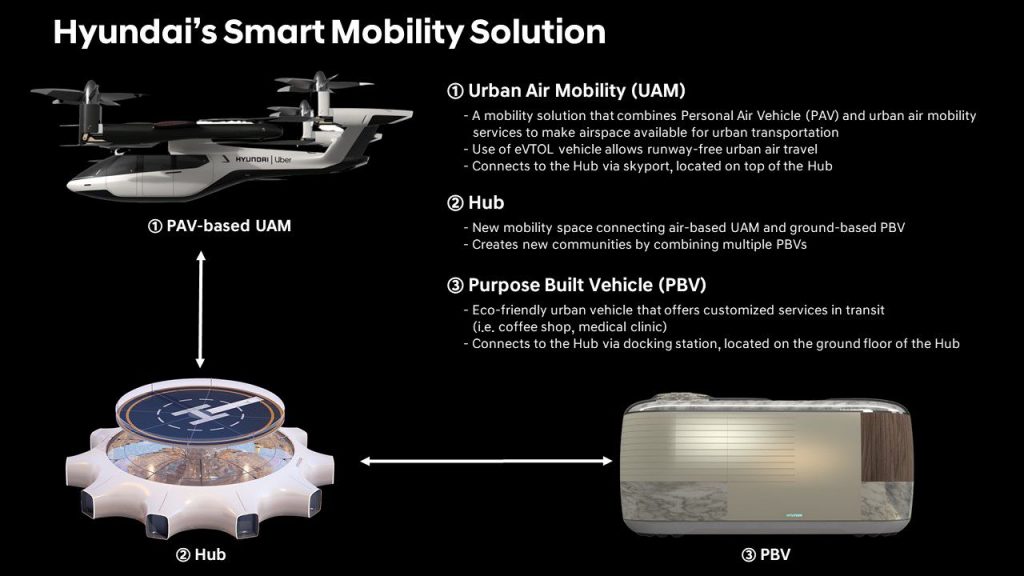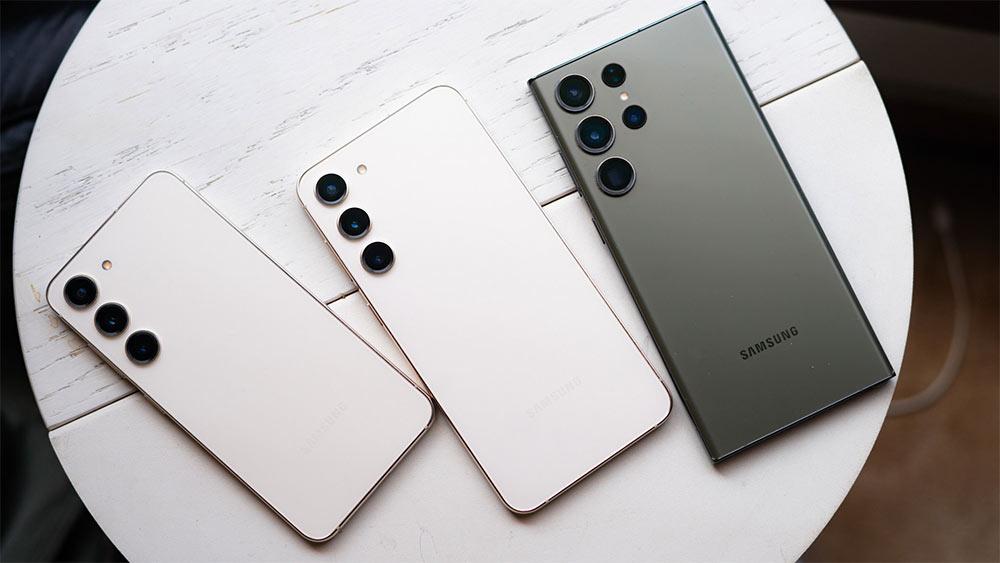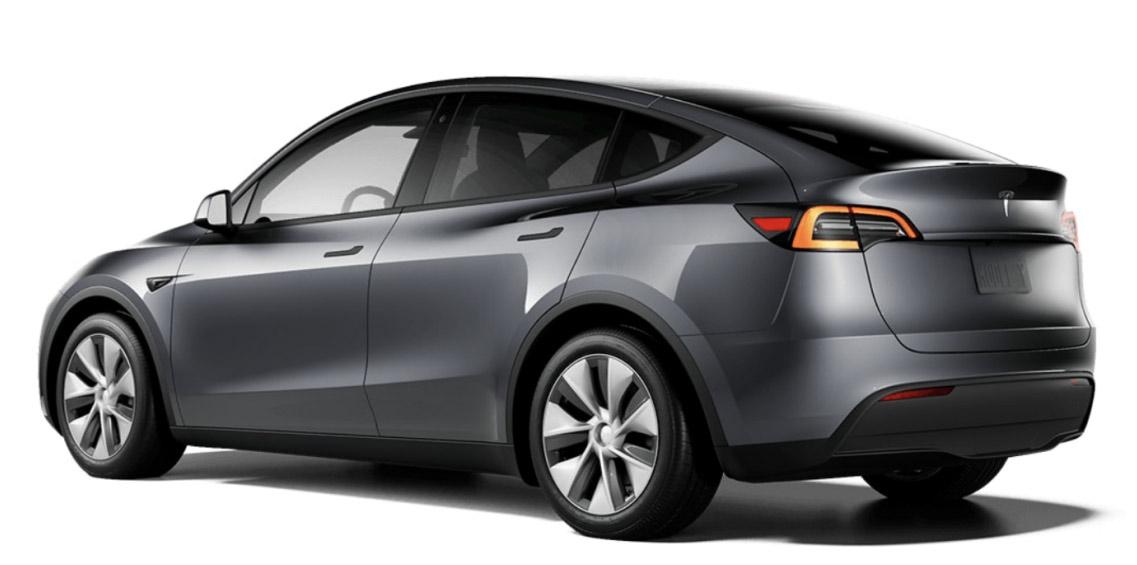Hyundai Motor joined hands with U.S technology giant Uber known for their ride hailing and sharing platform to mass produce their concept flying cars for the purpose of Air Taxi that Uber views as its future aerial ride sharing network. The Korean Automobile giant teased a concept flying car a month ago and formally showcased it last week at the CES 2020 Las Vegas in collaboration with Uber.

The partnership is Uber's latest to expand its portfolio, the company has also in loop with Aurora Flight Sciences to design and develop a complete Air Taxi Service Network. The service has been named Uber Elevate for now, and might change when it formally launches. Uber Elevate previously stated to start flight demonstrations in 2020 and become commercially available for commuters in 2023.

Hyundai held a press conference ahead of CES 2020, and announced that it is going to showcase a drone with capacity of human sitting. Then at the Show in Las Vegas it unveiled a four seater drone concept called SA-1, which was developed in part through Uber’s open design process. The aircraft was well received at the Tech and Trade Show because of its potential to change our daily commute.

Under the partnership with Uber, Hyundai will produce and supply the Flying Vehicles, while Uber will be responsible for airspace support services, connections to ground transportation and customer interfaces through an aerial ride share network. Both companies are working on infrastructure concepts to support take-off and landing of this new class of vehicles. The design of the vehicle is claimed to be quieter than helicopters.
Hyundai flying car is designed to cruise at maximum speeds of up to 180 miles per hour and at an altitude of 1,000 to 2,000 feet above ground with a flying range of up to 60 miles. The concept vehicle will be all-electric, using distributed electric propulsion, powered by multiple rotors and propellers built around the vehicle's airframe. The model unveiled at the CES will require a human driver or pilot, but the company claims it will become autonomous in future.


